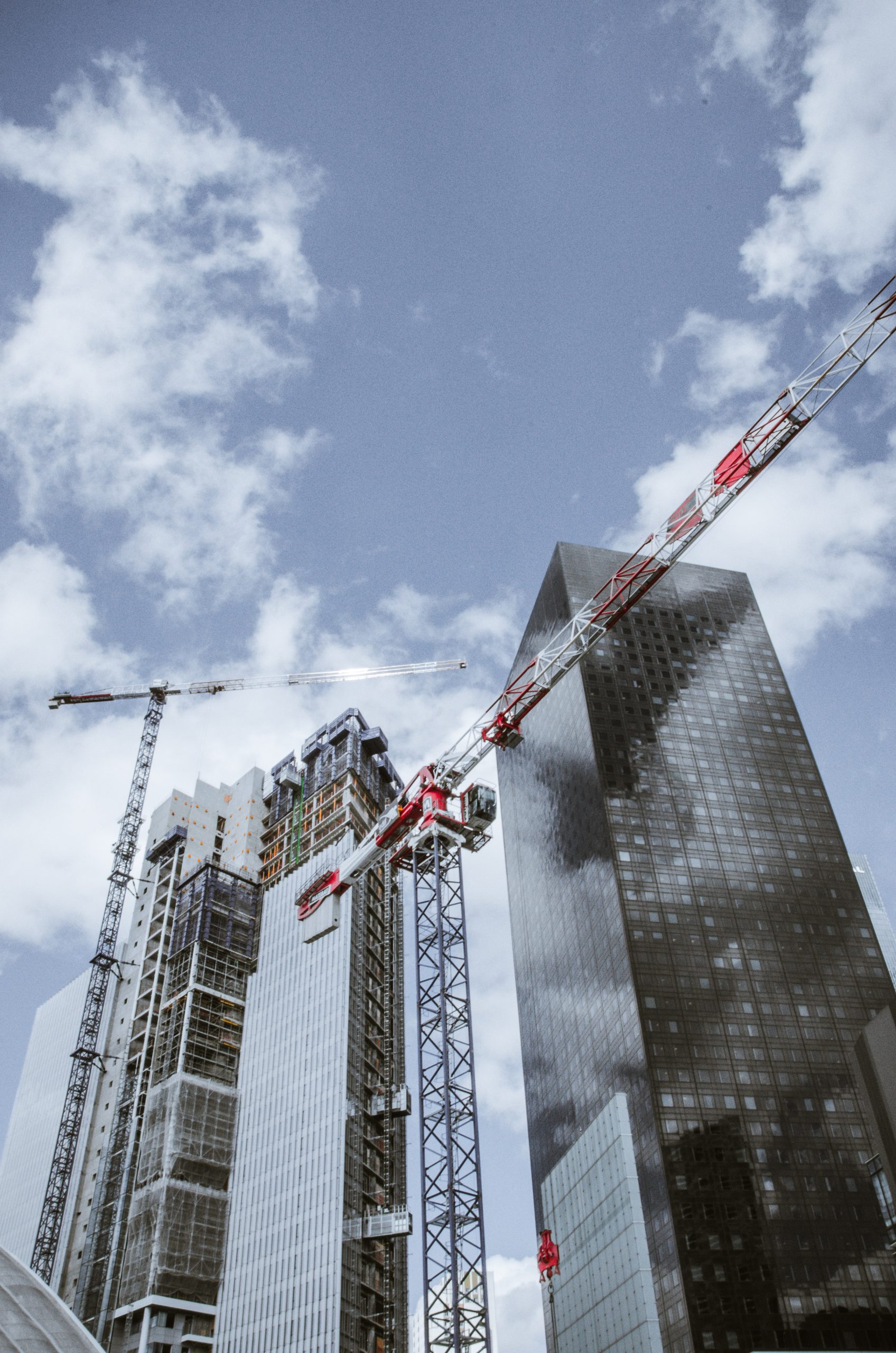
Property tax in practice
Are municipalities coping with property tax assessment and enforcement? The findings of the Supreme Audit Institution show that many taxpayers can avoid paying the tax as a result of an imperfect system for updating it.
This is the thesis after reading the Supreme Audit Institution’s report published on January 22, 2024. The report was compiled on the basis of inspections carried out in 28 municipalities, the main purpose of which was to determine the regularity and effectiveness of the activities of the municipal executive in raising own revenues. At first glance, the results of the audit may please municipal managers – the own income of each of the audited municipalities has increased. In 2019, they were at the level of 2474 million zlotys, and in 2022 they already amounted to 3238 million zlotys and accounted for 38% of the total income of these municipalities. At the same time, however, arrears on own income, including local taxes and fees, increased in the 23 municipalities audited.
Problems with the collection of public tributes by municipalities are also revealed in the issue of property tax. The inspections revealed irregularities related to the flow of information between municipalities and the locally competent District Building Inspectors. In accordance with the Decree of the Minister of Finance of December 24, 2002. on tax information, construction supervisors should provide municipalities,among other things, with information on completed construction sites and issued occupancy permits. However, NIK inspections have shown that not every territorially competent PINB has properly discharged its duty. In the case of 6 municipalities audited, it was revealed that the information provided by the PINB did not entirely coincide with data on completed construction and issued building permits, and thus the municipalities had no knowledge of a total of 64 taxable properties.
However, even proper reporting of taxable property did not fully translate into enforceability of dues. In 20 municipalities, no action was taken to obtain the required information from taxpayers (when taxpayers were individuals) or tax returns (when legal entities were involved). Thus, a total of 201 properties remained untaxed, depleting the budgets of the audited municipalities by a total of PLN403.3 thousand .
Also, in the case of taking proceedings to enforce the property tax, NIK inspections have revealed numerous irregularities. As many as 18 of the inspected municipalities were found to be tardy in failing to declare the property for taxation, and tardy in taking action to collect the tax due. In the case of 6 municipalities, irregularities were found in the verification of tax information/declarations with data obtained from building supervisory authorities, land and building records, business records and other documents (including excerpts from notarial deeds). In relation to 10 municipalities, the audits revealed irregularities in the issuance of tax decisions.
The audited municipalities also failed to fully handle the verification of information submitted by business entities. In the case of 16 municipalities, tax audits were not undertaken and no effort was made to determine whether there was concurrent business activity on the taxed property that was the taxpayers’ residence, which would have resulted in a higher tax rate. On the other hand, 12 municipalities that undertook such audit activities showed irregularities in the information provided to the municipality by taxpayers.
In its post-audit conclusions, the NIK asked mayors to introduce effective tools to enable more effective management control and reduce the scale of irregularities in tax collection and in the collection of own income receivables. In addition, the need to extend special attention to the sphere of tax proceedings and enforcement of local government debts by the Regional Chambers of Accounts was emphasized.
Finally, it should be pointed out that the tax obligation for real estate tax covers land, buildings or parts thereof, and structures, or parts thereof, related to the conduct of business activities. Where the tax rate depends on the existence of a structure or building or part thereof, the obligation to pay the new (higher) tax rate arises on January 1 of the year following the year in which construction was completed or in which use of the structure or building or part thereof began, if use began before its final completion. The jurisprudence of the administrative courts emphasizes that both the completion of construction and the commencement of use are factual in nature, and thus the obligation to pay the tax depends on the fact of completion of work related to the construction of a building or the commencement of its use before the final completion of the work, even in the absence of obtaining the right to use the building in accordance with the provisions of the construction law (among others, the judgment of the Supreme Administrative Court of 7.04.2021, III FSK 2910/21, and the judgment of the WSA in Gdansk of 17.04.2018, I SA/Gd 231/18). In addition, it is accepted in case law that the commencement of use of a part of a building triggers a tax liability on the entire building.
File analyzed: Report of the Supreme Audit Office on the Implementation of Proprietary Revenues by Selected Municipalities dated January 22, 2024.